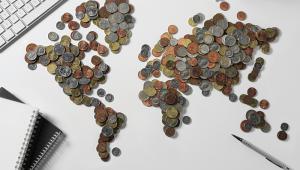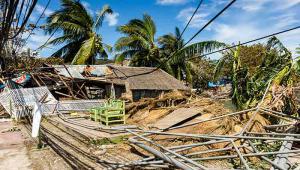Money borrowed by these countries from external official and private creditors hit $607bn in 2017, an increase from $181bn the previous year, the International Debt Statistics 2019 report showed.
The database measures stocks and flows of debt borrowed from creditors outside the country and other financial flows in 121 low and middle-income countries.
Haishan Fu, World Bank director of the economics data group, said: “Measurement is the first step to improving debt management and confronting issues of debt sustainability.”
The ratio of debt-to-gross national income was an average of 25% across the 121 countries. But 11 countries, including Lebanon, Mongolia and Mozambique, have ratios of over 100%. One third of countries had a debt-to-GNI ratio above 60% at the end of 2017, the report said.
Sub-Saharan Africa accumulated debt at a faster pace than low and middle-income countries in other regions, with the combined external debt stock rising to by 15.5% from the previous year, to $535bn.
Last week, an Overseas Development Institute conference on Africa’s rising debt heard that governments need a better understanding of the contracts they sign with private lenders, in order to negotiate ‘good deals’.
According to the Jubilee Debt Campaign, the private sector makes up a quarter (32%) of the continent’s external debt.
The former president of the African Development Bank Donald Kaberuka also told the conference that debt distress can be avoided if governments find the right balance between revenues and expenditure.







